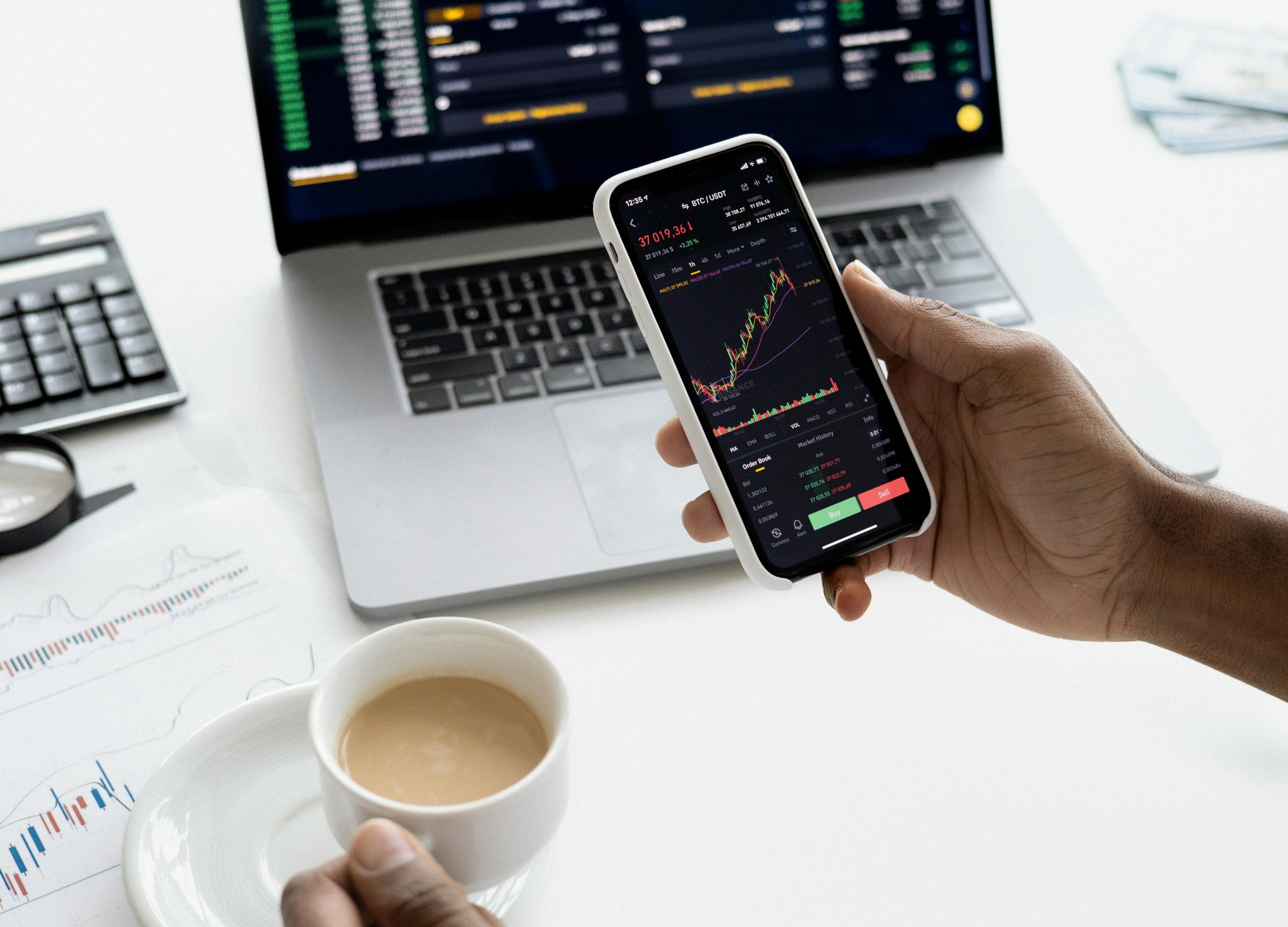Invest
Fee war on the ASX: Global X’s A300 turns up the heat on core Aussie equity ETFs
Invest
Fee war on the ASX: Global X’s A300 turns up the heat on core Aussie equity ETFs
Global X has lobbed a 0.04% management fee into Australia’s core equity sandbox, launching the Australia 300 ETF (A300) to take on entrenched giants.
Fee war on the ASX: Global X’s A300 turns up the heat on core Aussie equity ETFs
Global X has lobbed a 0.04% management fee into Australia’s core equity sandbox, launching the Australia 300 ETF (A300) to take on entrenched giants.

With the domestic ETF market swelling to $246.3 billion by end-2024 and net flows hitting $30.8 billion, the timing is strategic. The big question isn’t whether fees fall further—it’s how quickly incumbents respond and whether liquidity moats hold. For investors and platforms, this is a total-cost-of-ownership game, not a headline MER beauty contest.
What it is
Global X’s Australia 300 ETF (ASX: A300) is a low-cost, broad-market fund designed as a core portfolio building block. It targets exposure to roughly the 300 largest ASX-listed companies by free-float market capitalisation—extending beyond ASX 200 peers to include more small caps for broader market coverage. The headline drawcard is the 0.04% p.a. management fee, placing it at the sharp end of Australia’s cost curve alongside BetaShares’ A200 (ASX 200, 0.04%), and undercutting iShares IOZ (0.05%) and Vanguard VAS (0.07%).
In a market where “vanilla” core equity ETFs dominate flows, A300 slots into the default allocation many advisers, platforms and SMSFs use for domestic equity beta, with a tilt towards fuller market representation.
Why now
Australia’s ETF market is in its rapid scale phase. Industry data indicate total ETF assets reached approximately $246.3 billion by end-2024, up 38.8% year on year, with net flows of $30.8 billion. Under favourable market conditions, assets could exceed $300 billion by end-2025 and approach $500 billion by 2029. In that context, shaving a few basis points is not incremental—it’s a market share strategy. On $1 billion of assets, a 3 bps fee gap equates to $300,000 a year in investor savings and revenue foregone by incumbents.

The global playbook is clear: fee compression drives adoption. In the US, broad-market ETFs with fees below 0.05% have captured a significant share of equity ETF net inflows in recent years as investors prioritise total cost and liquidity. Australia is following that arc as advisers rebalance model portfolios, platform menus expand low-cost options and retail investors become more price-aware.
How it works (and what really drives investor outcomes)
A300 is expected to use physical replication and the standard ETF creation/redemption mechanism with market makers quoting two-way prices. The practical result: the fund’s tradability depends more on the liquidity of underlying ASX shares than on fund size. That said, new funds typically begin with wider spreads than incumbents with deep secondary-market turnover.
Three levers determine investor outcomes beyond the headline MER:
- Total cost of ownership (TCO): MER plus trading spread, plus any premium/discount to NAV at execution. For core Aussie equity ETFs, spreads can dominate costs in the first months of trading.
- Tracking difference and error: After fees, does the fund tightly follow its index? Portfolio management, index turnover costs, and any securities lending programme can create small performance variances. Lower MERs don’t guarantee lower tracking difference.
- Tax and income: Australian equity ETFs pass through franked dividends under the AMIT regime. Index breadth matters—adding smaller companies tends to lower yield but increase diversification. Over a cycle, the small-cap sleeve can enhance returns, but with more volatility and occasional underperformance.
A300’s key technical differentiator is the inclusion of the 200–300 cohort. Over long horizons, that can modestly improve factor diversification (more domestic cyclicals and emerging names) relative to ASX 200 trackers, though it introduces more liquidity management complexity for the issuer at rebalance.
Who it affects
Winners and watchers include:
- Retail investors and SMSFs: Lower fees on a broad-market core allocation compound over time. On $100,000, the 3 bps gap to VAS equals roughly $30 in year one; trivial annually, meaningful over decades—and material for seven-figure SMSF portfolios.
- Advisers and platforms: Model portfolios will re-open the “VAS vs IOZ vs A200 vs A300” question. The checklist now must weigh fee, spreads, tracking history, platform availability, and transition costs (CGT if switching).
- Institutional allocators: For cash equitisation or beta sleeves, a 0.04% vehicle with reliable primary-market liquidity is compelling—if spreads normalise and capacity in the small-cap sleeve is well managed.
- Incumbent issuers: Vanguard, iShares and BetaShares face renewed price pressure on their flagship Aussie equity ETFs. Expect a measured response: fee cuts where necessary, distribution muscle elsewhere, and a focus on liquidity moats built over years.
Business impact and competitive dynamics
This is classic cost-leadership meets scale economics. The flywheel is simple: cut fees, win flows, scale up, lower unit costs, reinvest in tighter spreads and operations—repeat. Incumbents counter with three moats: brand trust, secondary-market liquidity (tighter spreads), and adviser platform penetration. Historically, those moats slow—but don’t stop—share shifts when a credible challenger arrives with a lower fee.
Case in point: Australia’s earlier fee battles saw materially cheaper broad-market funds achieve multi-billion-dollar scale within a few years, especially when paired with strong market-making support. However, the biggest funds retained substantial market share due to liquidity preference and tax frictions that discourage switching.
Implementation reality: what to watch in A300’s first 6–12 months
- Spreads and depth: Are bid–ask spreads converging towards top-tier peers (often low single digits of a percent) and is there consistent screen depth for sizable tickets?
- Tracking difference: Does after-fee performance hew closely to the ASX 300 benchmark, especially around index rebalances where small-cap turnover is higher?
- Primary-market activity: Healthy creation/redemption flows suggest robust institutional usage and strong market-maker support.
- Platform shelf space: Inclusion on major adviser platforms and low brokerage tiers accelerates adoption.
- Messaging and disclosure: Clear communication on portfolio construction, any securities lending, and distribution policies will build confidence.
What’s next
The early innings of a fee war rarely end with a single product. Scenarios to consider:
- Selective fee cuts: Vanguard and iShares may defend keystone products, matching 0.04% only if share losses become material. Alternatively, they emphasise liquidity and brand, arguing that TCO, not MER, should drive decisions.
- Product segmentation: Expect sharper positioning—ASX 200 for liquidity purists, ASX 300 for completeness, factor tilts for outcome-driven investors.
- Distribution chess: Shelf placement, model-portfolio inclusion and model manager endorsements will matter as much as price.
- Regulatory steady-state: No immediate regulatory shifts loom, but ASIC’s focus on disclosure and “true-to-label” practices remains high, especially for funds courting retail flows with aggressive pricing.
Strategy for decision-makers: treat this as a procurement exercise. Compare total costs (MER + spread + transition tax), validate liquidity with live quotes, scrutinise tracking records quarterly, and document rationale for any switch. For issuers, the path is scale or specialisation: either win core beta on price and execution, or differentiate on factors, income, or client experience.

Stock market
6K Additive secures A$48 million through initial public offering on the Australian Stock Exchange
6K Additive, a prominent player in the advanced metal powders and alloy additions market, has made a significant stride by successfully completing its Initial Public Offering (IPO) on the Australian ...Read more

Stock market
Institutional investors increase stock allocations to 18-year high amid cautious market shifts
In a recent development, State Street Markets unveiled the findings of its latest State Street Institutional Investor Indicators, revealing intriguing shifts in institutional investor behaviourRead more

Stock market
FOREX.com launches in Australia to empower self-directed traders
StoneX Group Inc. (NASDAQ: SNEX) has announced the Australian launch of FOREX.com, expanding access for self-directed traders to a global suite of Contracts for Difference (CFD) products across ...Read more

Stock market
Westpac and CMC Markets strengthen partnership to enhance online trading services
In a significant move that underscores the evolving landscape of online trading in Australia, CMC Markets Stockbroking has been chosen as the preferred vendor by Westpac Banking Corporation to extend ...Read more

Stock market
Portfolio reviews as an operating discipline: turning volatility into a competitive edge
In a higher-rate, higher-volatility world, portfolio reviews are no longer an annual hygiene task; they’re a core operating rhythm that protects cash flow, unlocks tax alpha, and sharpens risk ...Read more

Stock market
Challenger IM shakes up the ASX with private credit note and a side of risk
Challenger Investment Management has taken private credit mainstream with an ASX-listed note structure—LiFTs—that secured roughly $100 million in cornerstone commitments within a day of launch. Read more

Stock market
International stocks: Diversifying your portfolio beyond Australia
In an increasingly globalized market, Australian investors have the opportunity to enhance their investment portfolio by incorporating international stocks. Diversifying your investments globally can ...Read more

Stock market
Stock market rally likely to continue regardless of Fed minutes tone, says deVere CEO
The bull run that has propelled Wall Street's major indexes to record highs this month is expected to continue regardless of the tone of the upcoming Federal Reserve minutes, according to Nigel Green, ...Read more

Stock market
6K Additive secures A$48 million through initial public offering on the Australian Stock Exchange
6K Additive, a prominent player in the advanced metal powders and alloy additions market, has made a significant stride by successfully completing its Initial Public Offering (IPO) on the Australian ...Read more

Stock market
Institutional investors increase stock allocations to 18-year high amid cautious market shifts
In a recent development, State Street Markets unveiled the findings of its latest State Street Institutional Investor Indicators, revealing intriguing shifts in institutional investor behaviourRead more

Stock market
FOREX.com launches in Australia to empower self-directed traders
StoneX Group Inc. (NASDAQ: SNEX) has announced the Australian launch of FOREX.com, expanding access for self-directed traders to a global suite of Contracts for Difference (CFD) products across ...Read more

Stock market
Westpac and CMC Markets strengthen partnership to enhance online trading services
In a significant move that underscores the evolving landscape of online trading in Australia, CMC Markets Stockbroking has been chosen as the preferred vendor by Westpac Banking Corporation to extend ...Read more

Stock market
Portfolio reviews as an operating discipline: turning volatility into a competitive edge
In a higher-rate, higher-volatility world, portfolio reviews are no longer an annual hygiene task; they’re a core operating rhythm that protects cash flow, unlocks tax alpha, and sharpens risk ...Read more

Stock market
Challenger IM shakes up the ASX with private credit note and a side of risk
Challenger Investment Management has taken private credit mainstream with an ASX-listed note structure—LiFTs—that secured roughly $100 million in cornerstone commitments within a day of launch. Read more

Stock market
International stocks: Diversifying your portfolio beyond Australia
In an increasingly globalized market, Australian investors have the opportunity to enhance their investment portfolio by incorporating international stocks. Diversifying your investments globally can ...Read more

Stock market
Stock market rally likely to continue regardless of Fed minutes tone, says deVere CEO
The bull run that has propelled Wall Street's major indexes to record highs this month is expected to continue regardless of the tone of the upcoming Federal Reserve minutes, according to Nigel Green, ...Read more








